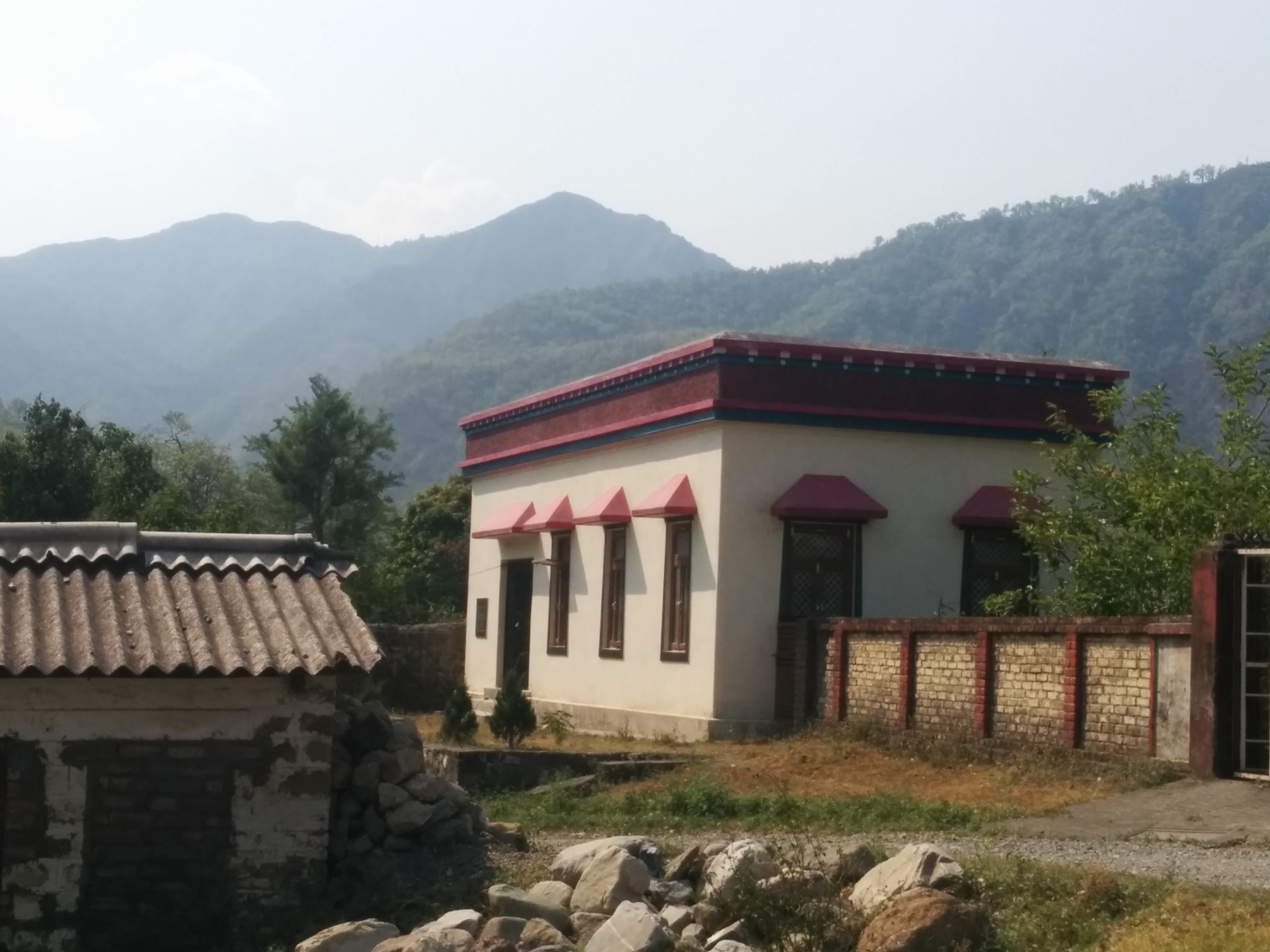TJC has produced a short update report on the situation for Tibetans in India, highlighting areas of key concern, such as deportations (minimal but still a significant threat), land issues, and access to citizenship and refugee documentation.
The legal situation for Tibetans in India is unfixed and changeable. Laws and policies are variously implemented and the situation for Tibetans is vulnerable to change.
The report, based on research conducted in June 2014, highlights new information since the publication of our comprehensive 2011 report – “Tibet’s Stateless Nationals II: Tibetan Refugees in India”. Although the 2011 report should still be referred to for in-depth background information, the new report should prove an important resource. TJC’s country reports are used globally by asylum lawyers with Tibetan clients, and provide a basis for our expert board members when providing expert testimony in asylum cases.
In order to assess the current situation, TJC board member Prof. Eileen Kaufman of Touro Law Center, New York, conducted research in Dharamsala, Delhi and Shimla in June 2014.
Key findings included:
- Evidence of deportations of Tibetans who either lacked Registration Certificates (RCs) or whose RCs had not been timely renewed
- Land cases where large and long-standing Tibetan communities were served with eviction notices
- Difficulties in the process of obtaining Identity Cards which are needed for international travel
- Recent events suggesting hostility towards the Tibetan community, such as lawsuits to have prayer flags and religious inscribed stones on public land removed
You can read the report here – http://www.tibetjustice.org/?p=724
Continuing research – In June 2015 we returned to India and conducted research that followed on from TJC’s 2014 research, broadening its scope geographically. Our plan is to conduct this research in a wide range of other Tibetan settlements in India, looking at locally-specific vulnerabilities and wider issues in order to build an accurate picture of the situation for various groups of Tibetans in India today. We will be producing

